Heritage for all: Making Dutch Archaeology Accessible for Non-Dutch Speakers
During her Master's, Ally Walsh contributed to the accessibility of Dutch heritage to an international audience.
Public engagement is a vital part of Archaeology. It is a way for researchers to present their findings, and allows academics and the general public to learn from and appreciate their own and other cultures. It can also assist in increasing tourism, which can contribute to economic growth. To obtain these benefits, the right form of communication must be presented so that information becomes accessible to many.
During my Master’s degree in Heritage Management, I researched various forms of accessibility to archaeological information. Through my thesis, I investigated the use of digital technologies, specifically 3D modeling, as a way to facilitate public engagement. For my internship, I explored the language barriers deterring access to information on Dutch heritage.
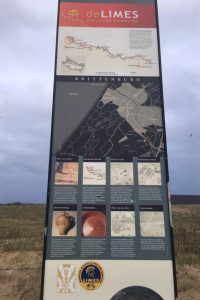

Like many others at the faculty, I am an international student who has fallen in love with the Netherlands, and wish to continue living here after graduation. In order to do this, and make use of their degrees, international graduates are advised to learn Dutch while attempting to find employment in our field. It is not an easy task, but worthwhile for continuing learning about the heritage of this country and contributing to its research and management. However, what about the other international students just starting their academic careers here, or tourists visiting the Netherlands with an interest in archaeology? We are an international and English speaking faculty, but gaining an education on the local heritage right outside Van Steenis faculty building can often be difficult if you do not speak Dutch.
For my internship, I partnered with TGV Teksten en Presentaties to research the accessibility to information on the Limes, the former Roman boundary in the Netherlands. I found, perhaps unsurprisingly, that most of the information about the Limes is available only in Dutch. However, since the Limes has been proposed to become a UNESCO World Heritage Site, I examined to what extent language accessibility was relevant for the nomination in the World Heritage List. Should the inclusion in the List mean the inclusion of languages other than Dutch? Should we facilitate non-Dutch speaking visitors so that they are able to appreciate and gain knowledge on sites that are considered to be of ‘Outstanding Universal Value’?
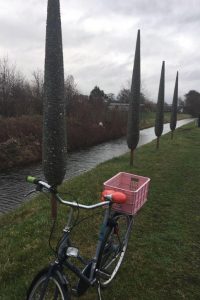

The purpose of this research was not to promote the Anglicization of all heritage sites in the Netherlands, but to determine whether the inclusion in the World Heritage List should mean greater language accessibility. To research this, I first started by making a list of all the Limes sites in Zuid-Holland to assess what information is available on them, and if that information is offered in multiple languages. While Internet searches accomplished much of this, I also biked to many of these sites to check out the information signs. This proved (as my preliminary research indicated) that most of the sites’ information was only available in Dutch.
The second part of this project was to determine the necessity for multiple languages if the Limes will become a World Heritage Site. This investigation was conducted by interviewing spokespeople for the UNESCO nomination. They offered insight into the nomination process and agreed that everyone would benefit from adding multiple languages, particularly English, since it is the unofficial second language of the Netherlands, and German, because the nomination includes the German boundary of the Limes. The biggest hurdle that must be overcome before making the Limes multilingual is funding. We discussed possible affordable solutions such as adding translations to websites, and QR codes to pre-existing information signs.
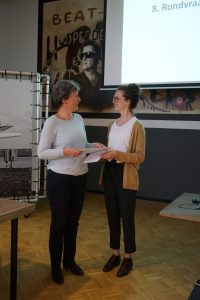

I concluded this internship by presenting the report at the Zuid-Holland Limes meeting in Valkenburg this past June. This research provided me with an opportunity to learn more about heritage management in the Netherlands, the UNESCO World Heritage Nomination process, and the Roman Limes. It also provided an opportunity to network with many people, including Ivo van Kempen, an archaeologist from the municipality of Rotterdam, which led to the second project on archaeological accessibility of the year.
Archaeologists from the Municipality of Rotterdam had previously created an audio guide to assist with a walking tour of the city’s medieval past. It brings participants to ten locations in the city, a total route of four kilometers, where a short YouTube video and questionnaire can be played at each stop. The tour was offered only in Dutch before I was invited to Rotterdam to record an English version of this. Now English-speaking visitors interested in medieval archaeology may also enjoy these attractions. In this way, the history of the city can reach a wider audience, and increase tourism in these areas of Rotterdam. The audio guide can be found online.
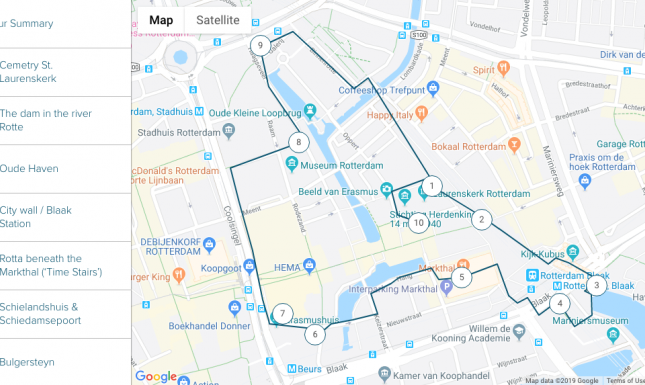
By making archaeological information available in multiple languages we allow a larger audience to be able to participate with our research and facilitate a connection to the past. Researching the Limes as the World Heritage Nominee and recording an English audio guide were rewarding experiences for me to learn about Dutch heritage and I am pleased to have played a part in making this heritage accessible for a larger audience. Greater language accessibility would be beneficial for our diverse faculty to engage with the local heritage and the ongoing research in the Netherlands.


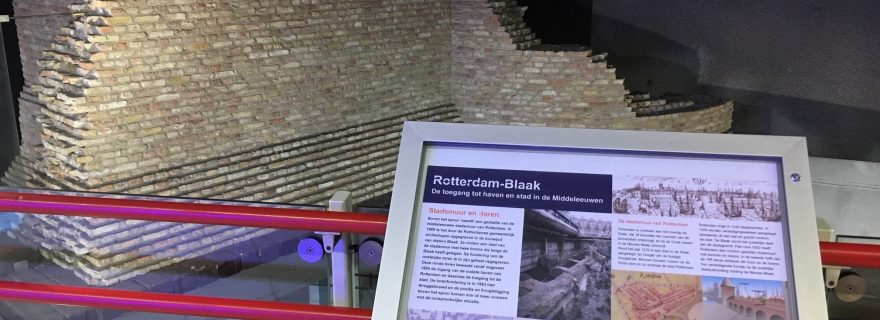
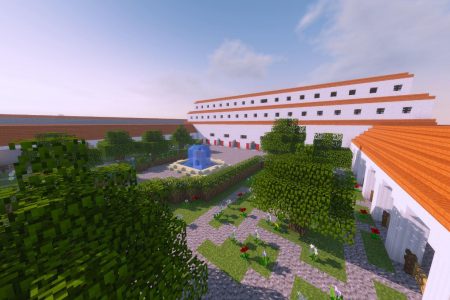
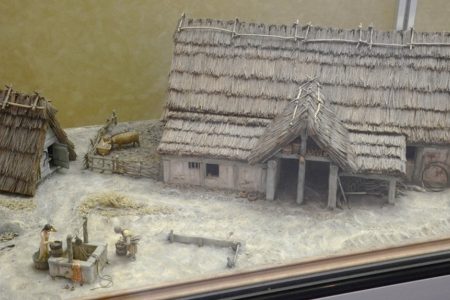
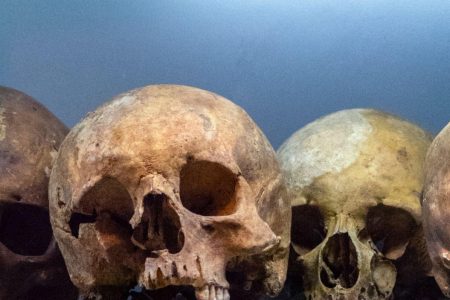
0 Comments